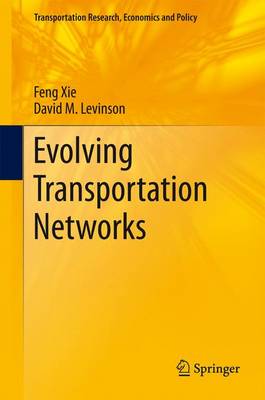Over the last two centuries, the development of modern transportation has significantly transformed human life. The main theme of this book is to understand the complexity of transportation development and model the process of network growth including its determining factors, which may be topological, morphological, temporal, technological, economic, managerial, social or political. Using multidimensional concepts and methods, the authors develop a holistic framework to represent network growth as an open and complex process with models that demonstrate in a scientific way how numerous independent decisions made by entities such as travelers, property owners, developers, and public jurisdictions could result in a coherent network of facilities on the ground. Models are proposed from innovative perspectives including self-organization, degeneration, and sequential connection to interpret the evolutionary growth of transportation networks in explicit consideration of independent economic and regulatory initiatives. Employing these models, the authors survey a series of topics ranging from network hierarchy and topology to first mover advantage. The authors demonstrate, with a wide spectrum of empirical and theoretical evidence, that network growth follows a path that is not only logical in retrospect, but also predictable and manageable from a planning perspective. In the larger scheme of innovative transportation planning, this book provides a re-consideration of conventional planning practice and sets the stage for further development on the theory and practice of the next-generation, evolutionary planning approach in transportation, making it of interest to scholars and practitioners alike in the field of transportation .
- ISBN13 9781461428640
- Publish Date 28 May 2013 (first published 1 April 2011)
- Publish Status Active
- Publish Country US
- Imprint Springer-Verlag New York Inc.
- Edition 2011 ed.
- Format Paperback
- Pages 278
- Language English
